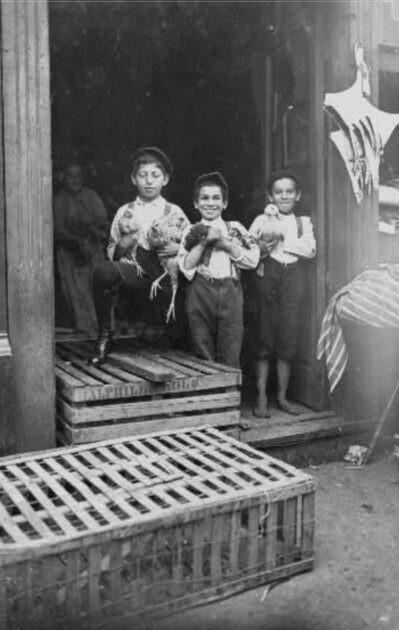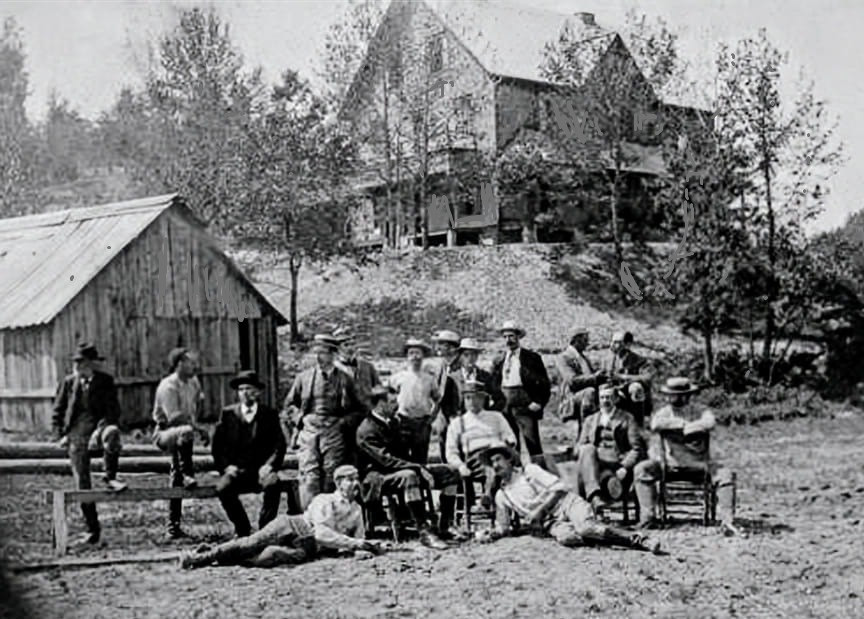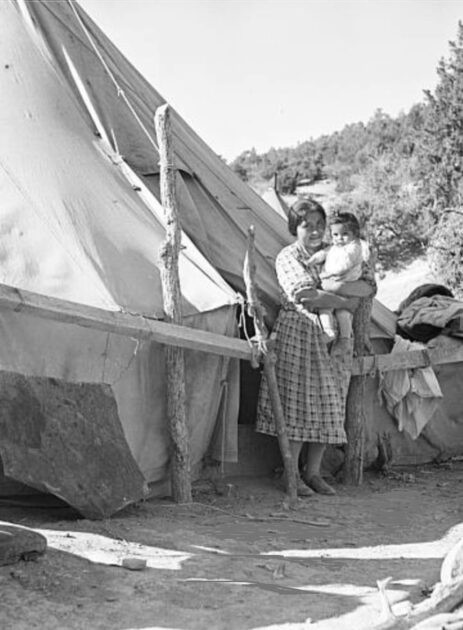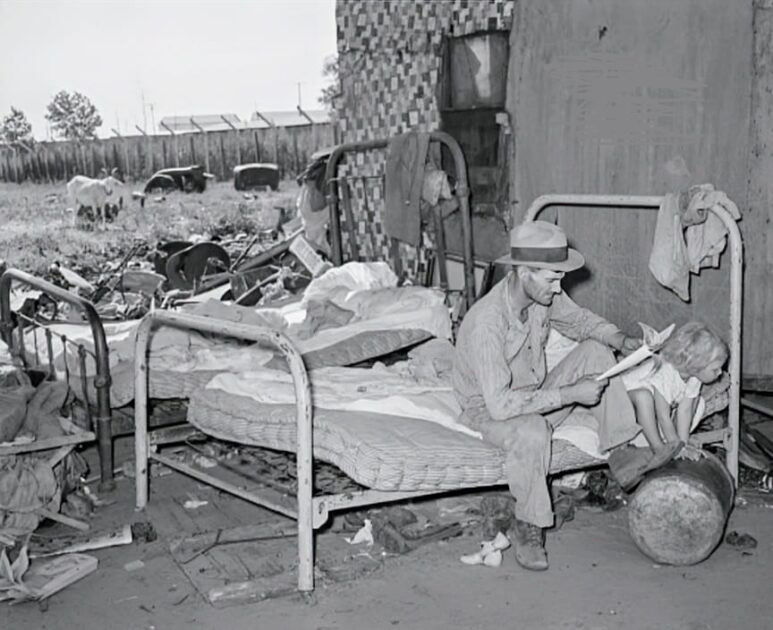Graduation ceremonies in the late 1890s were quite an event!
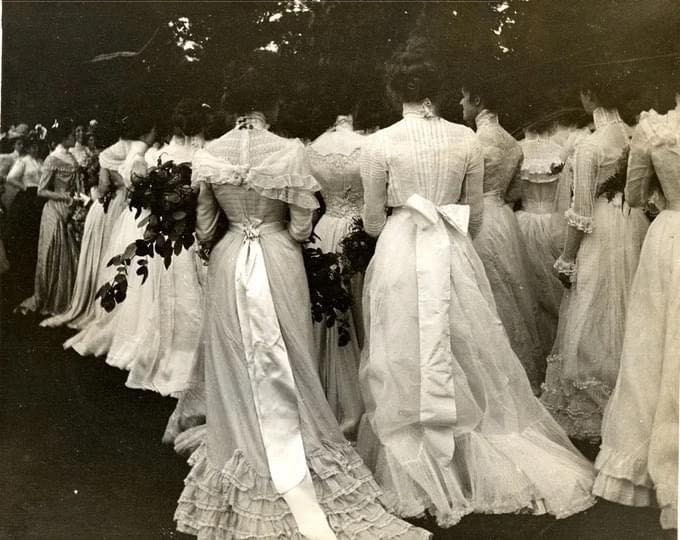
In an era preceding the digital age and the frenzy of social media, where life moved at a slower pace and traditions held immense significance, graduation ceremonies in the late 1890s stood as grand spectacles of achievement and celebration. Steeped in tradition and marked by elaborate rituals, these ceremonies were not merely academic milestones but rather grand events that captivated entire communities and left an indelible mark on the memories of all who attended.
During the late 19th century, graduation ceremonies were far removed from the streamlined affairs of today. Instead, they were lavish affairs that unfolded over the course of several days, brimming with pomp, circumstance, and a sense of reverence for the pursuit of knowledge.
Preparations for these ceremonies began weeks, if not months, in advance. Schools and universities spared no expense in ensuring that every detail was meticulously planned and executed to perfection. Venues were adorned with flowers and banners, and the air was filled with an electric anticipation as the big day approached.
The attire worn by graduates was a reflection of the solemnity and significance of the occasion. Young men donned tailored suits and ties, while their female counterparts were resplendent in elegant dresses and bonnets, their hair adorned with ribbons and flowers. For many, it was their first opportunity to dress in such finery, and they embraced the occasion with a sense of pride and excitement.
The day of the ceremony itself dawned with a sense of anticipation that permeated the air. Families and friends gathered early, eager to secure the best seats and catch a glimpse of their loved ones as they crossed the threshold into adulthood.
As the clock struck the appointed hour, the ceremony commenced with a solemn procession of faculty, dignitaries, and, of course, the graduates themselves. Each step was measured, each gesture deliberate, as the participants made their way to the stage amidst the strains of classical music and the applause of the assembled crowd.
The ceremony itself was a carefully choreographed affair, blending elements of tradition, spirituality, and academic achievement. Speeches were delivered with eloquence and gravitas, extolling the virtues of knowledge, wisdom, and the pursuit of excellence. Prayers were offered for guidance and blessings upon the graduates as they embarked on the next chapter of their lives.
But perhaps the most memorable aspect of late 19th-century graduation ceremonies was the conferral of diplomas. Unlike the perfunctory handing out of certificates seen in modern times, the presentation of diplomas was a ceremonial affair, imbued with symbolism and significance. Each graduate was called forth individually, their name echoing through the hallowed halls as they approached the stage to receive their hard-earned diploma from the hands of a revered faculty member or distinguished guest.
As the last diploma was awarded and the final notes of the alma mater faded into the distance, a sense of jubilation filled the air. Graduates tossed their caps into the air with exuberance, and tears of joy flowed freely as families embraced their loved ones and celebrated this momentous occasion.
In the days and weeks that followed, the memories of the graduation ceremony lingered in the hearts and minds of all who attended. It was not merely a milestone to be marked and then forgotten but rather a transformative experience that left an indelible mark on the lives of all who participated.
As we look back on the extravagance of late 19th-century graduation ceremonies, we are reminded of the enduring power of tradition, the importance of celebrating achievements, and the profound impact that education has on shaping the course of our lives. Though the trappings of modern graduation ceremonies may have evolved over time, the essence of what makes these occasions special remains unchanged – a celebration of knowledge, perseverance, and the boundless potential of the human spirit.

